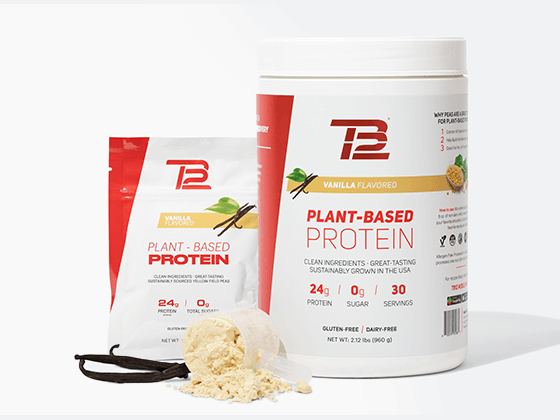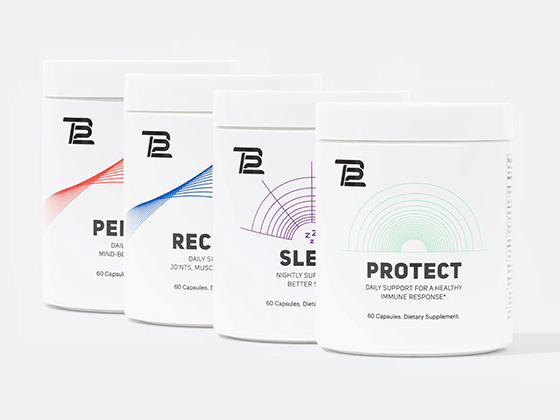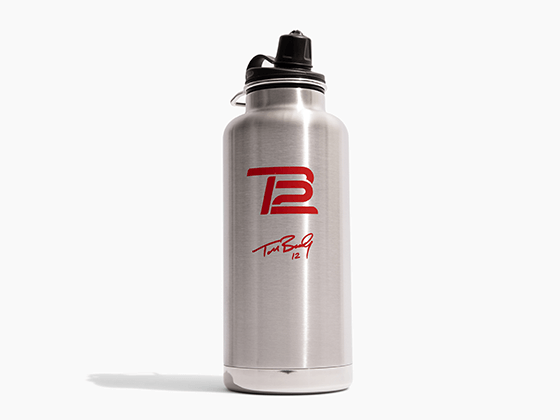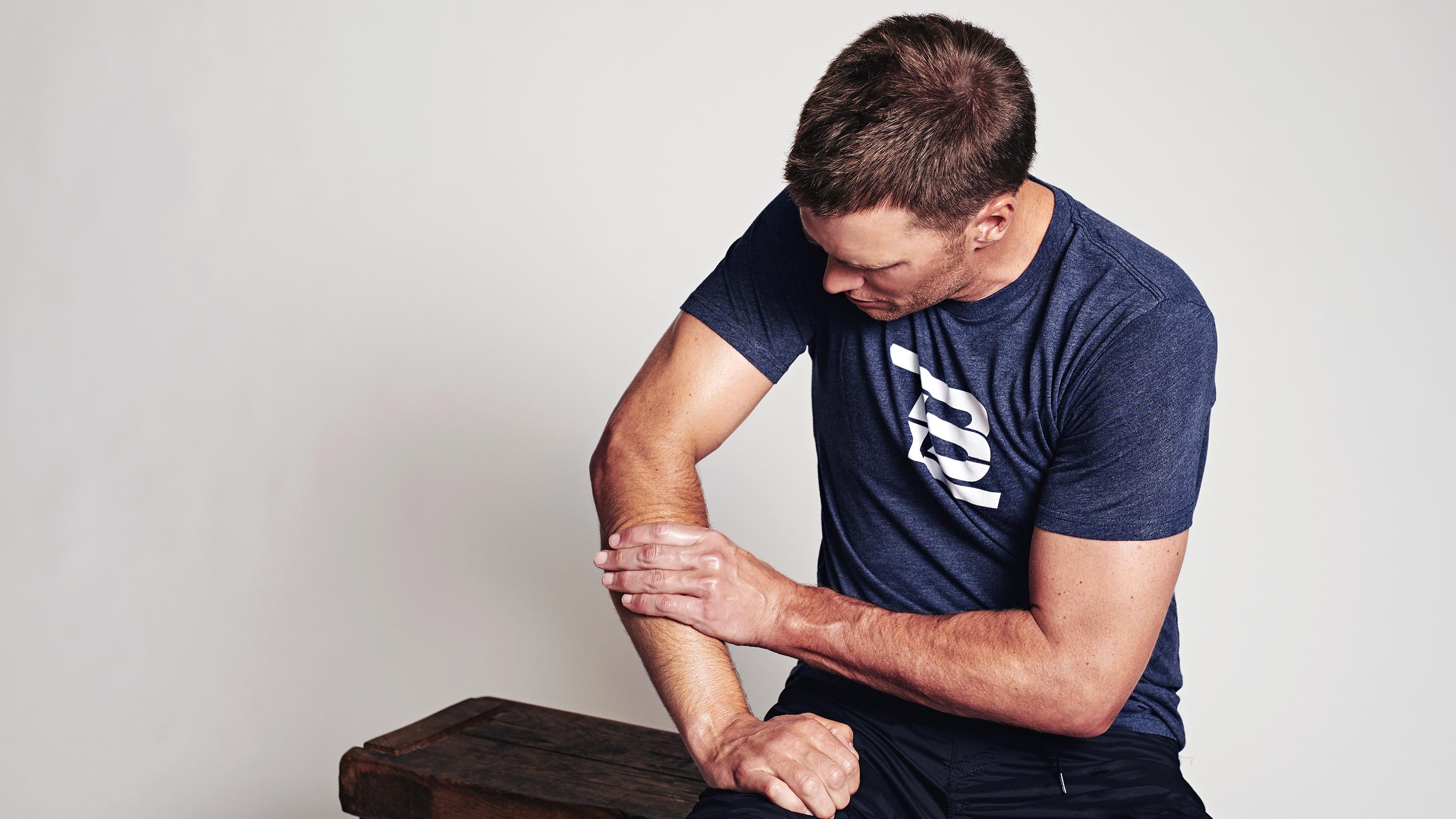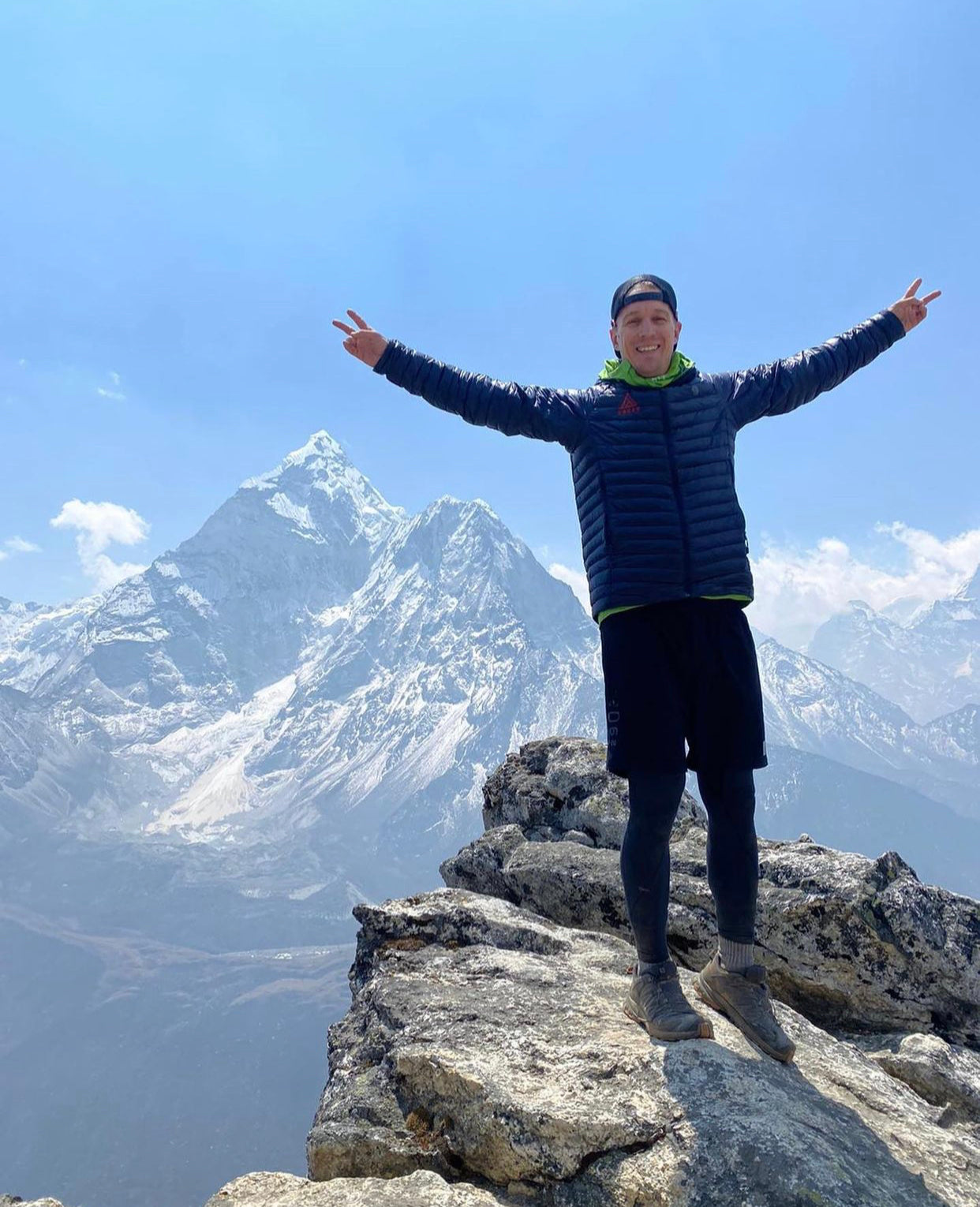Hip pain is one of the most common injuries we see in our clients here at TB12 – it affects people of all ages and activity levels and can lead to a variety of other imbalances and pains down the posterior chain. We see in everyone from people who spend 8 hours a day sitting at work to weekend warriors and active athletes alike. The hips are made up of a complex collection of muscles and tendons, and to better understand how the musculature works it can be helpful to think of the example of a runner.
Each running stride requires activation from your hip flexors and your hips themselves. Your most powerful hip flexors are your psoas muscles, and they attach to your lower spine and your hips. This means that when they pull, they put stress on your back and hips – which is why low back pain can often be traced back to tightness in the poses and other hip flexor muscles. It’s crucial to keep these muscles pliable and ready to work, no matter how active your lifestyle may be, in order to keep your hips and low back pain-free.
The other muscles that make up your hips include your glutes and TFL, and these are areas that can cause pain and tightness in your hips themselves. To prevent these from getting too tight and overworked, the key is consistent pliability work. It may sound repetitive, but pliability really is the best way to keep the muscles surrounding your hips from getting tight and causing an array of aches and pains.
Performing self-pliability with a Vibrating Pliability Roller on your glutes, TFL, the front of your hips, and your low back can even combat tightness in the center of your body.
There are a number of common movements that can shorten your hip flexors and cause increased stress on your back and hips, including popular core exercises like sit ups and crunches. When you do these movements, you're forcefully flexing your hips against tension and that tension is focused on your lower back. We would recommend staying away from these movements whenever possible, instead focusing your core training on more stabilizing exercises such as a front plank or a bird dog. This way, you’re still activating your core but not shortening your muscles.

